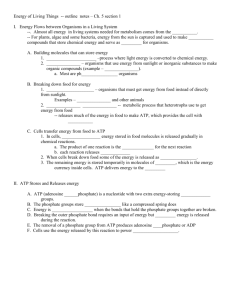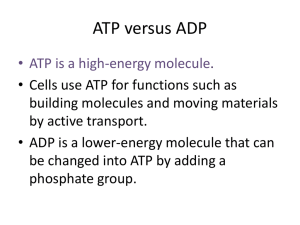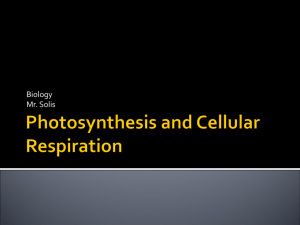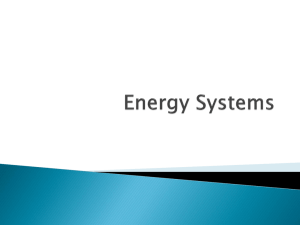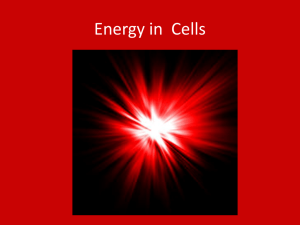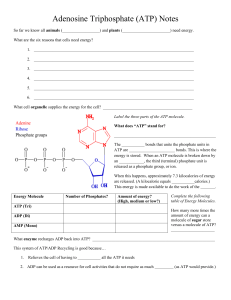Energy Systems An Introduction
advertisement
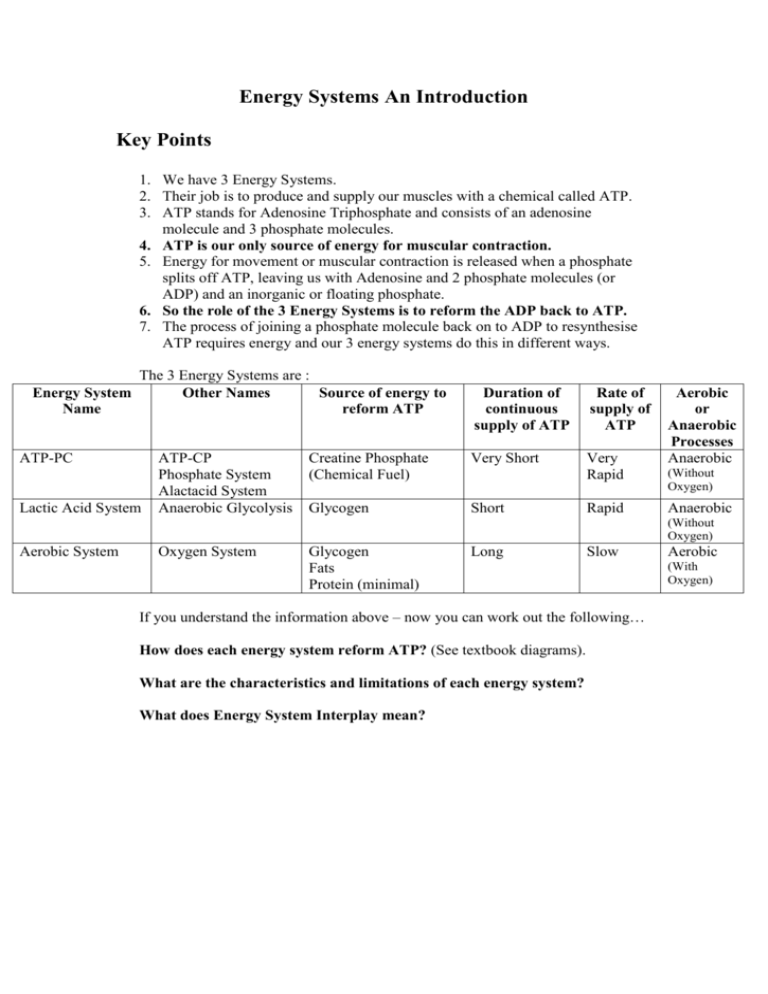
Energy Systems An Introduction Key Points 1. We have 3 Energy Systems. 2. Their job is to produce and supply our muscles with a chemical called ATP. 3. ATP stands for Adenosine Triphosphate and consists of an adenosine molecule and 3 phosphate molecules. 4. ATP is our only source of energy for muscular contraction. 5. Energy for movement or muscular contraction is released when a phosphate splits off ATP, leaving us with Adenosine and 2 phosphate molecules (or ADP) and an inorganic or floating phosphate. 6. So the role of the 3 Energy Systems is to reform the ADP back to ATP. 7. The process of joining a phosphate molecule back on to ADP to resynthesise ATP requires energy and our 3 energy systems do this in different ways. The 3 Energy Systems are : Energy System Other Names Source of energy to Name reform ATP ATP-PC Lactic Acid System ATP-CP Phosphate System Alactacid System Anaerobic Glycolysis Duration of continuous supply of ATP Rate of supply of ATP Creatine Phosphate (Chemical Fuel) Very Short Very Rapid Glycogen Short Rapid Aerobic or Anaerobic Processes Anaerobic (Without Oxygen) Anaerobic (Without Oxygen) Aerobic System Oxygen System Glycogen Fats Protein (minimal) Long Slow If you understand the information above – now you can work out the following… How does each energy system reform ATP? (See textbook diagrams). What are the characteristics and limitations of each energy system? What does Energy System Interplay mean? Aerobic (With Oxygen)


